PSAD BASIC STRUC
1/76
There's no tags or description
Looks like no tags are added yet.
Name | Mastery | Learn | Test | Matching | Spaced |
|---|
No study sessions yet.
77 Terms
Triangular Load to Point Load and its location
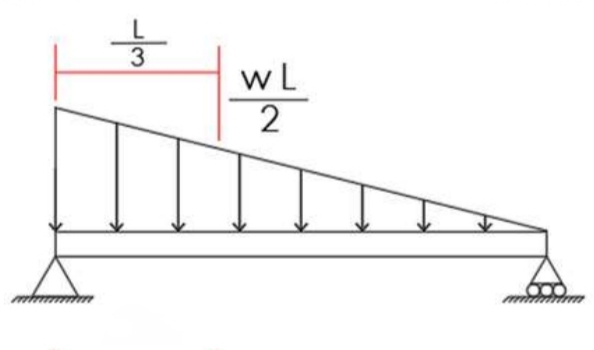
Spandrel Load to Point Load and its location
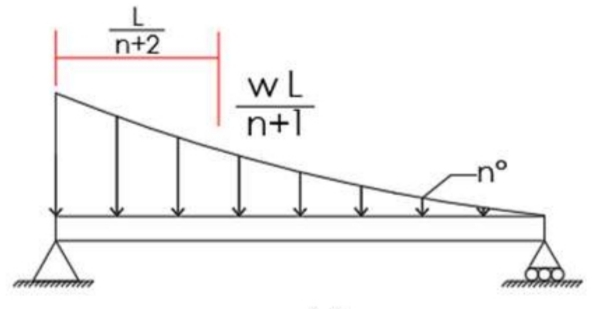
Forces with a common point of action
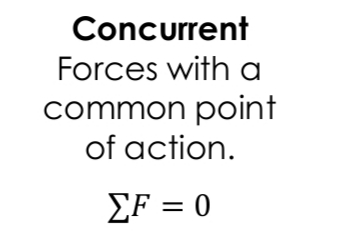
Forces that do not intersect
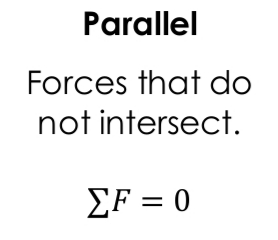
Forces that do not have a common point
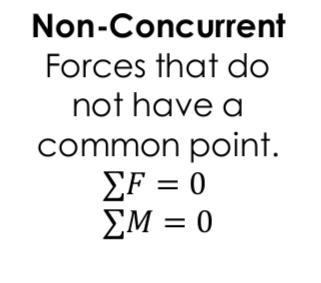
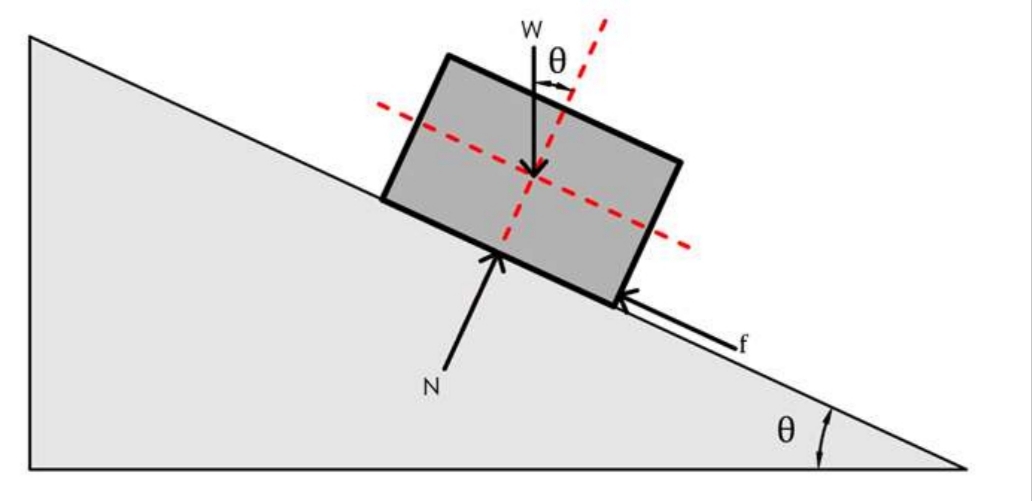
What is Friction in
No Motion/At rest
Impending Motion
In Motion
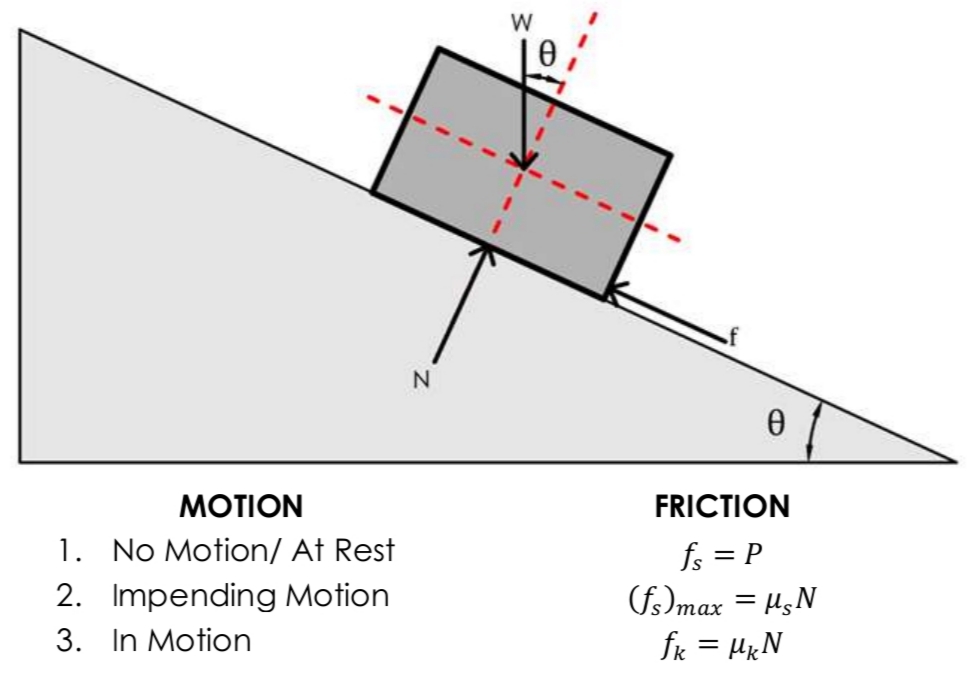
Belt Friction

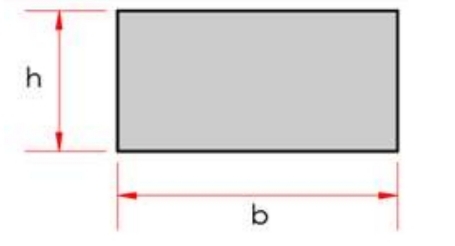
Moment of Inertia in Rectangles
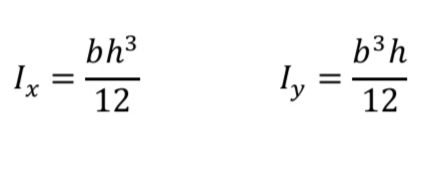
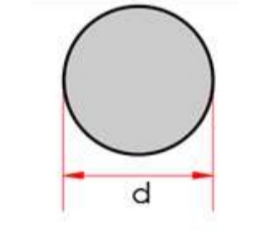
Moment of Inertia in Circles
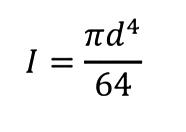
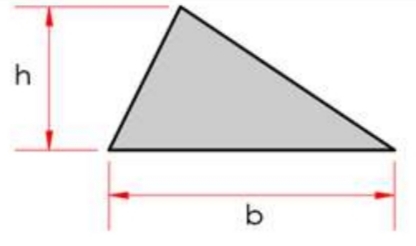
Moment of Inertia in Triangles
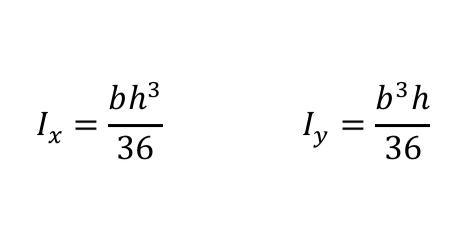
Parallel Axis Theorem
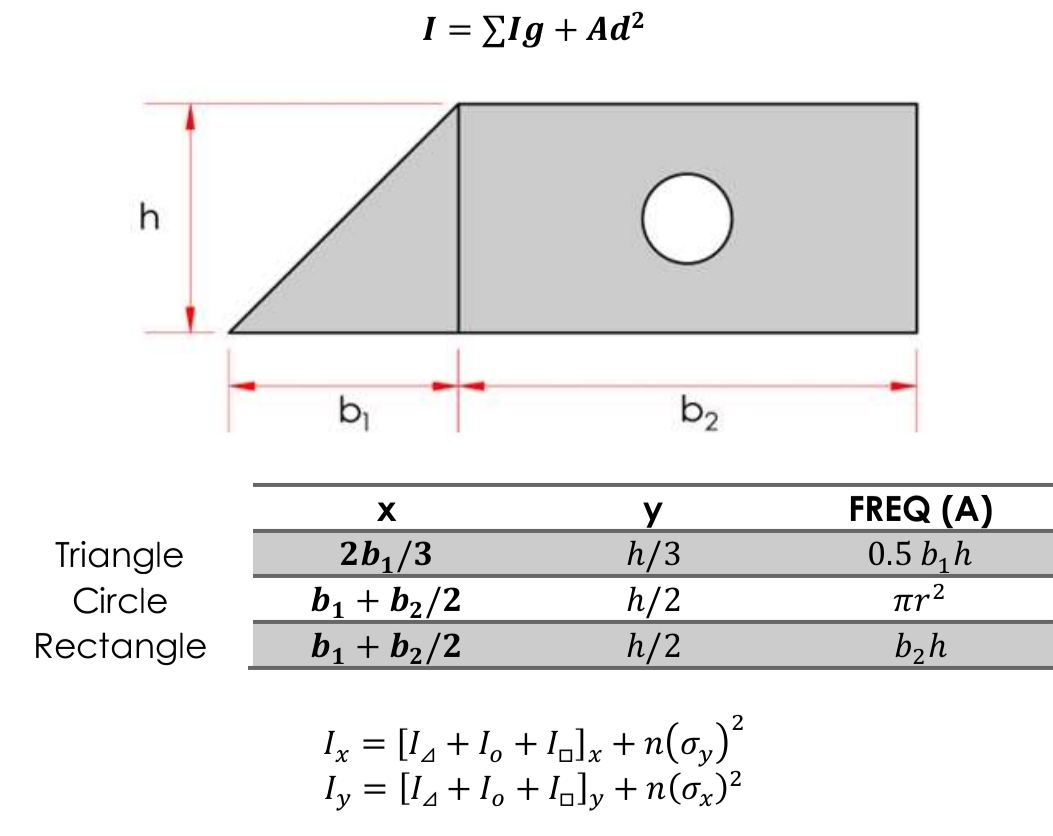
Stability and Determinacy (Beams and 2D Frames)

Stability and Determinacy of 2D Trusses
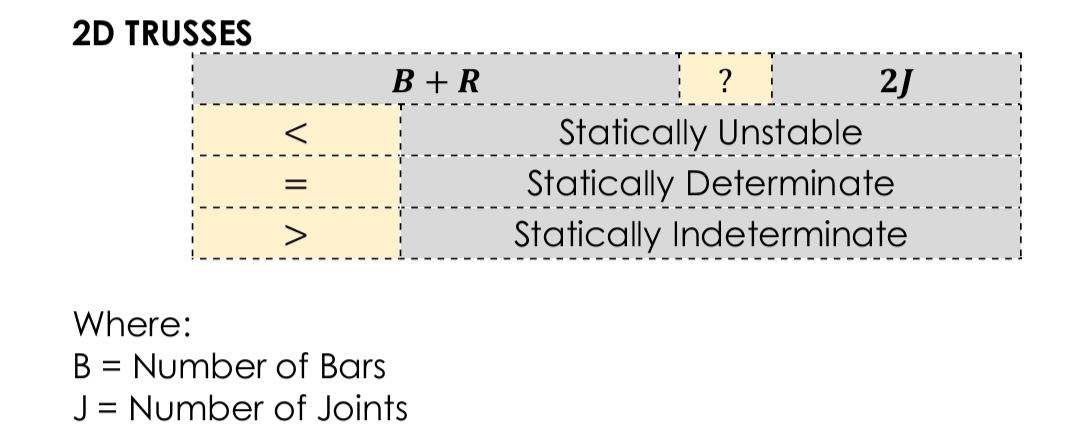
Degree of Indeterminacy

Funicular Cables
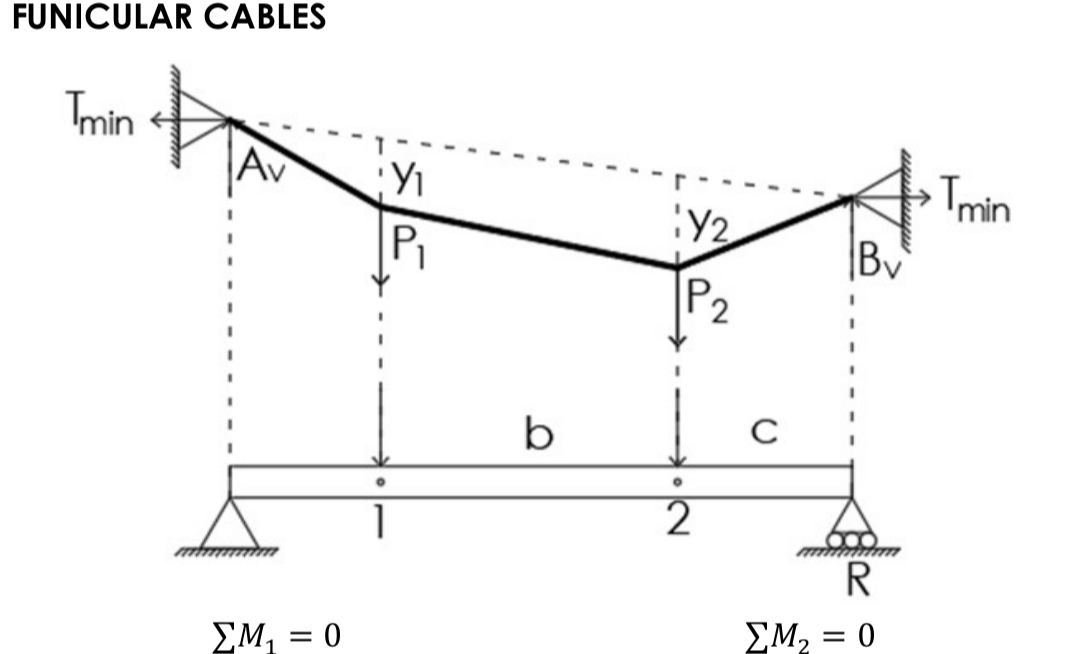
Parabolic Cables: How to get Minimum and Max tension and Length of Cable
Locate lowest point using SPP x²/y=x²/y
Cut in lowest part of cable, and moment at support to get Tmin
To get Tmax, Get resultant of Tmin and Vertical reaction of the highest support
To get length of cable: Caltech Mode3:3 and get the equation A+Bx+Cx². Integral of square root of 1 + (dy/dx)² from a to b.
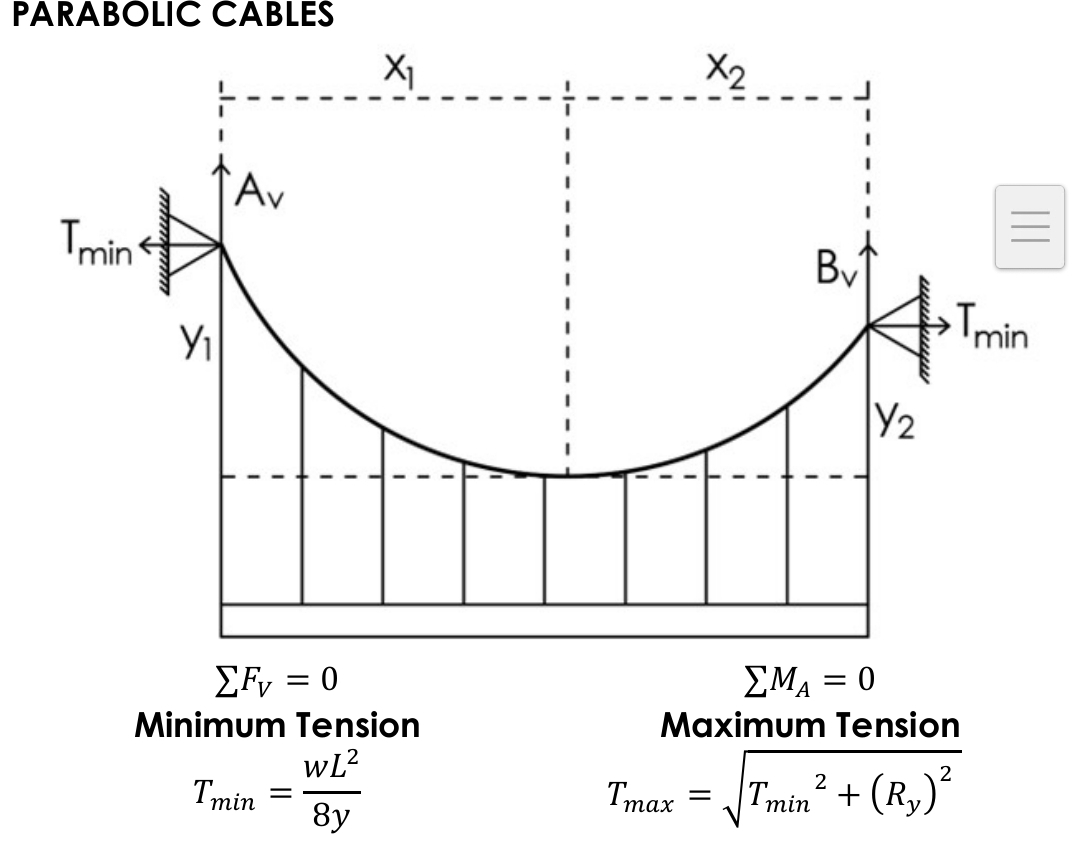
Influence Line: Maximum Reaction (Diagram)

Influence Lines: Maximum Shear (Diagram)

Influence Lines: Maximum Moment
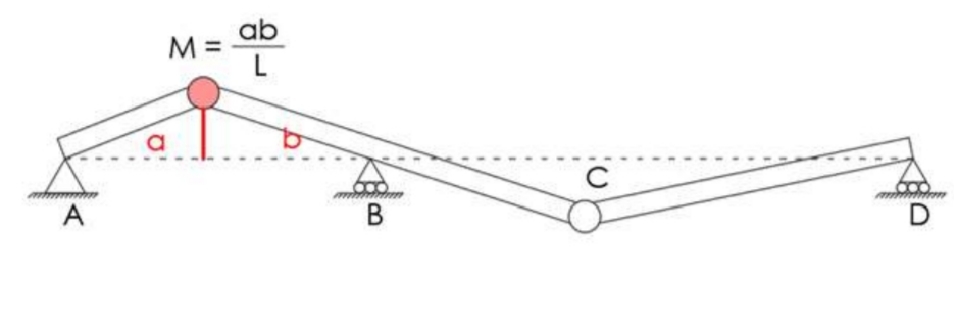
Influence Line: General Process
To get maximum values
Multiply Point load to highest Ordinate
Multiply Distributed Load to Area under line
Apply Dead Load throughout the beam
Apply Live load only to max positive or max negative area
Moving Loads: General Process for Maximum Shear
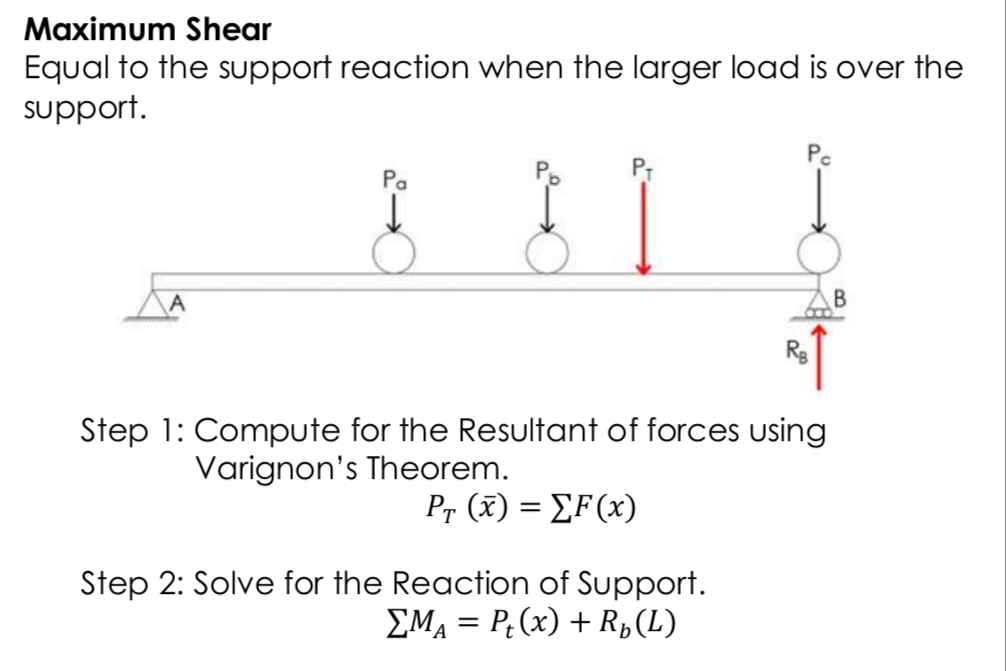
Moving Loads: Maximum Moment General Process for one and two Point Loads

Maximum Moment dor 3 or More Concentrated Load
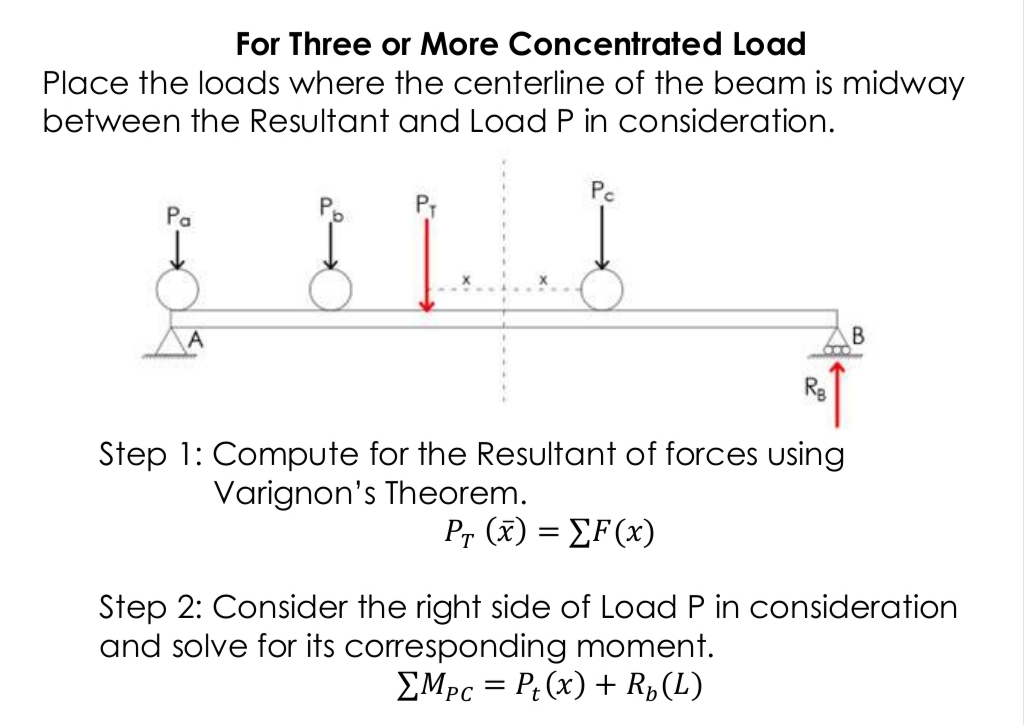
Double Integration Method

Area Moment Method
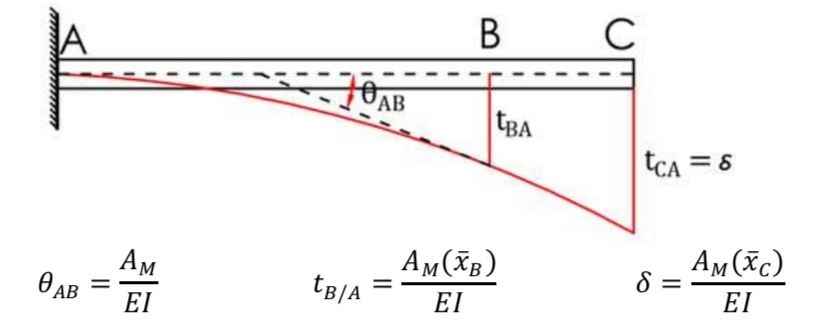
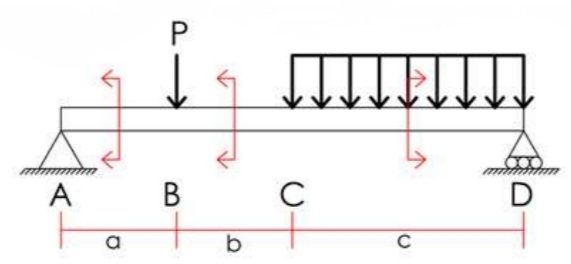
Virtual Work Method
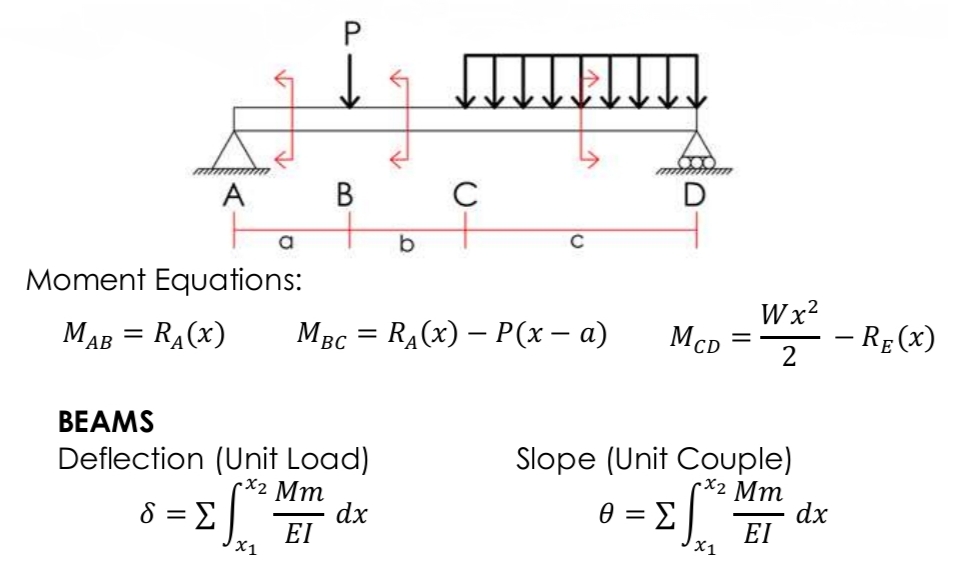
Trusses (Virtual Work Method)

Boundary Conditions

Fixed End Moment: Point Load
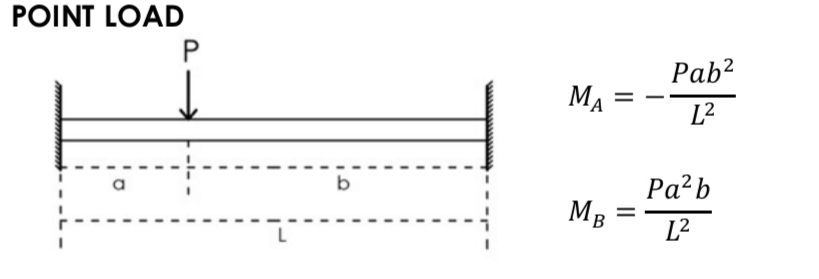
Fixed End Moment

3 Moment Equation
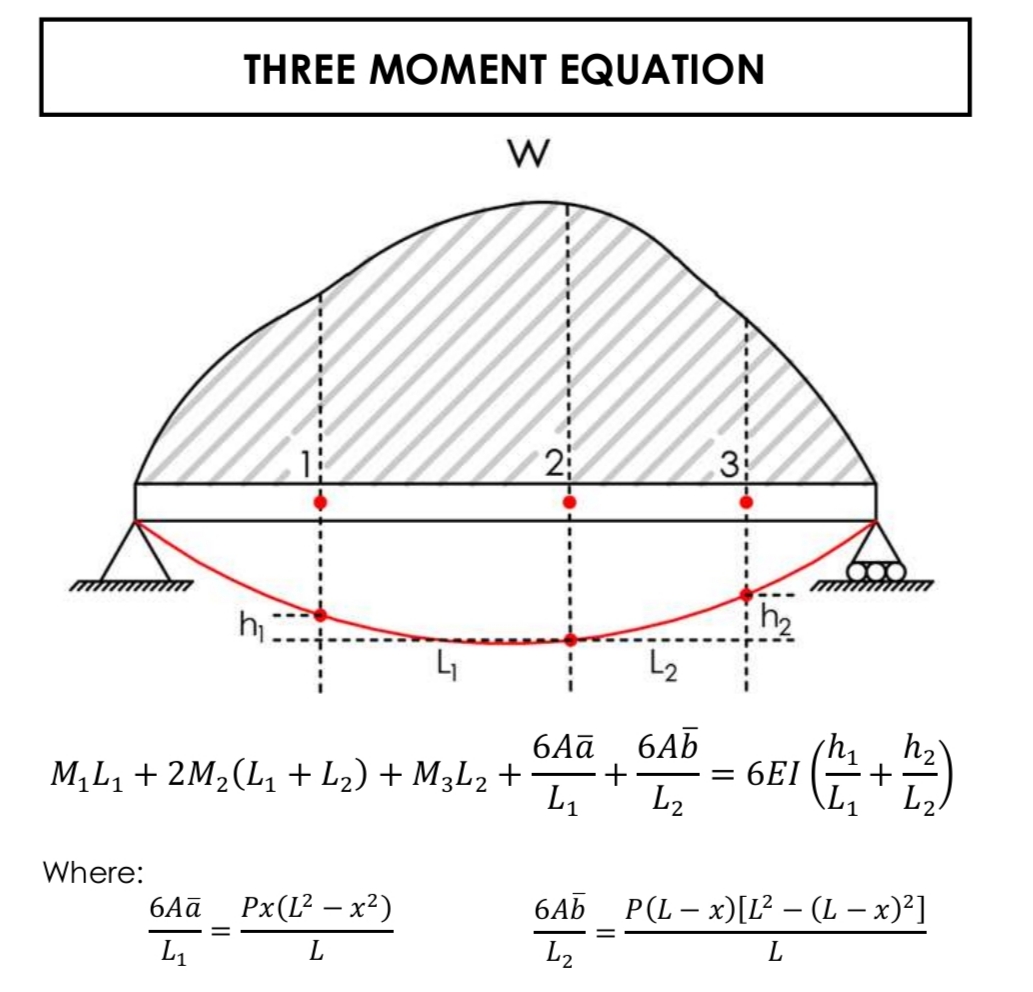
Moment Distribution Method
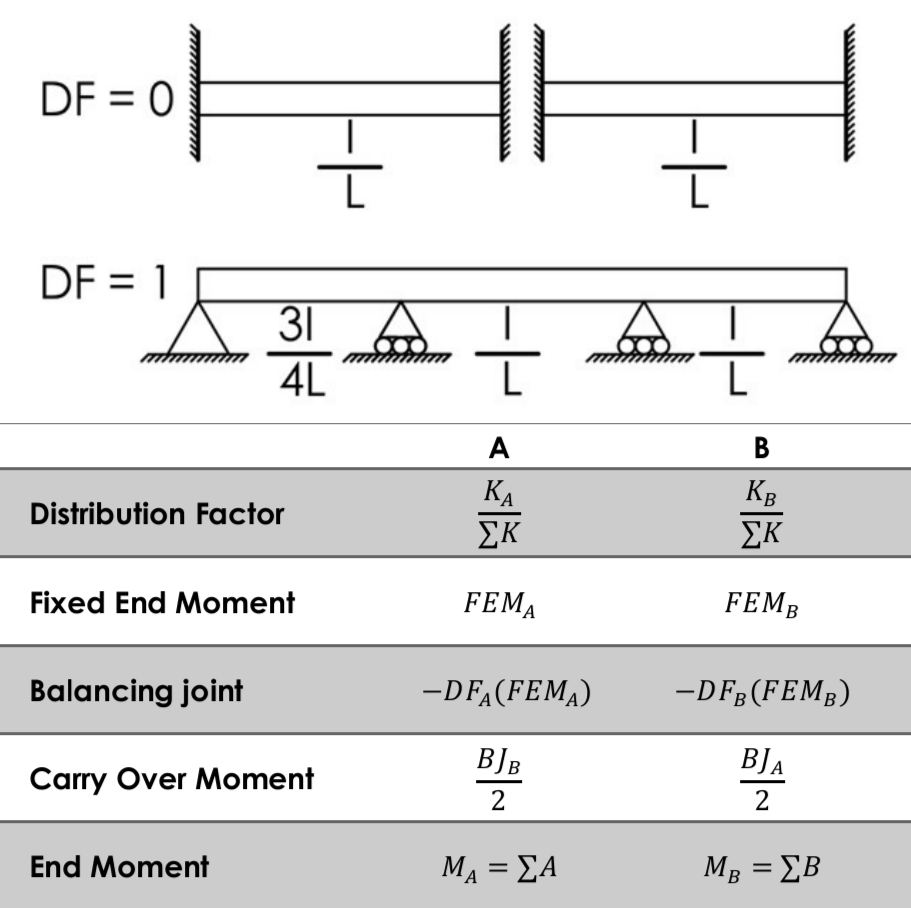
Slope Deflection Method
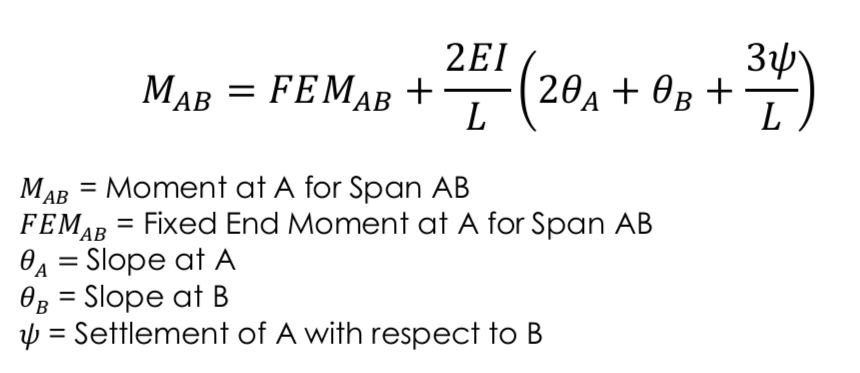
Stress: Simple Shear and Torsion

Strain: Simple Shear and Torsion

Modulus : Simple Shear and Torsion

Deformation: Simple Shear and Torsion

Bearing Stress of Bolt Connection
note: pick the more critical thickness

Shear Stress of Bolt Connection (3)
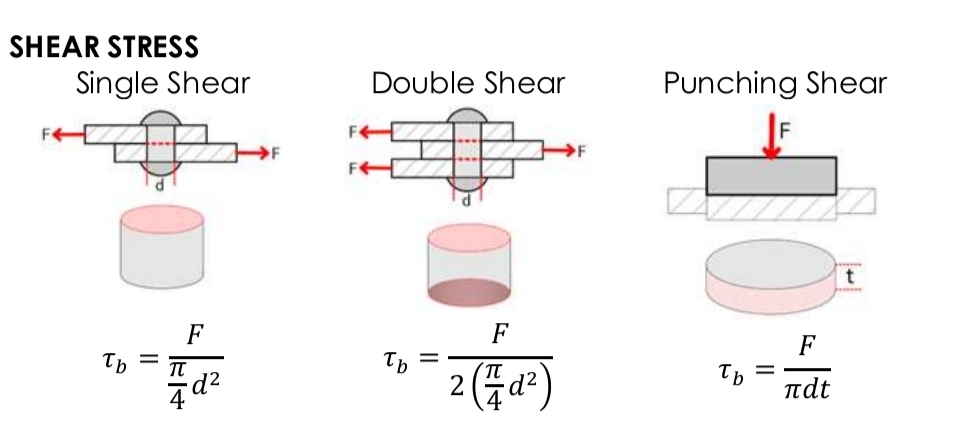
A material property that quantifies the ratio of transverse strain to axial strain when a material is subjected to axial stressx indicating the resistance to lateral deformation
Poisson’s Ratio
Poisson’s Ratio

Deformation occurs in three dimensions due to the application of stress in three perpendicular directions
Triaxial Strain
Triaxial Strain

The change in volume of a material per unit volume, typically expressed as a ratio, resulting from aoplied stress or deformation
Volumetric Strain
Volumetric Strain Formula
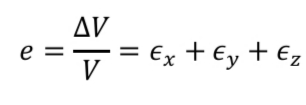
Modulus of Rigidity
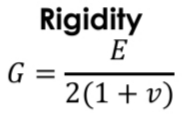
Resilience

Volumetric Strain when subjected to a hydrostatic pressure
The potential energy stored due to deformation cause by applied forces or stresses. It represents the work done to deform the material and is a measure of the materials’s ability to absorb and release energy during deformation
Strain Energy
Strain Energy Formula (3)
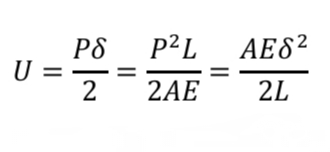
Thermal Stress Formula (3)
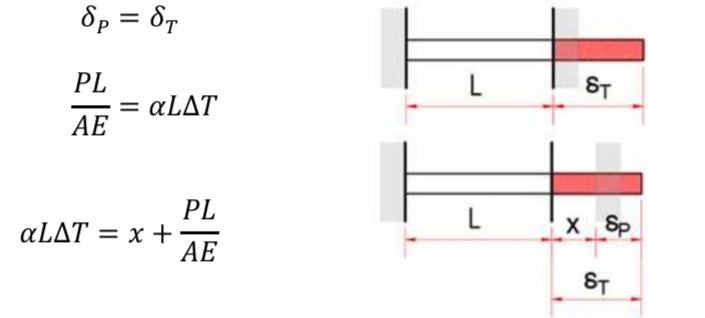
Helical Springs in Series
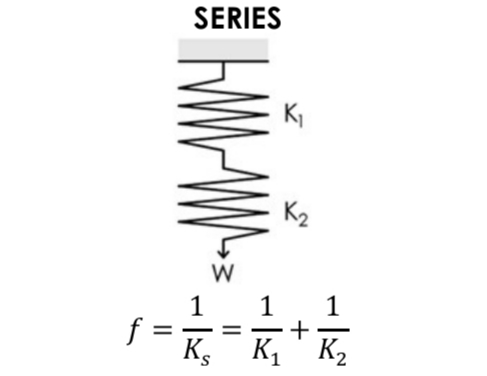
Helical Springs in parallel
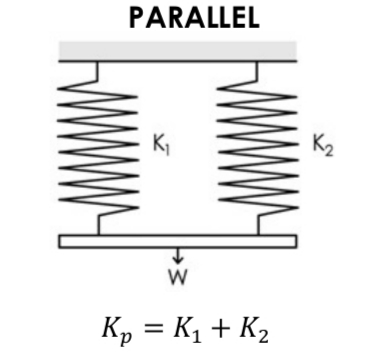
Shear Strss in Helicscl Springs
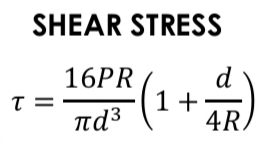
Elongation in Helical Springs
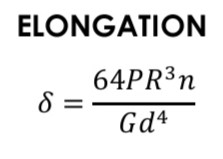
Spring Period in Helical Springs
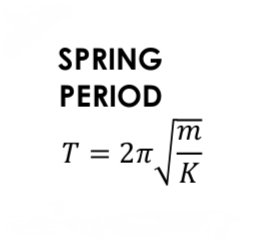
Stress in Pressure Vessels (3)

Flexural Stress in beams
Deformation in Flexure
Horizontal Shrar Stress
Maximum Shear Stress in Circular Beams (Solid and Hollow)
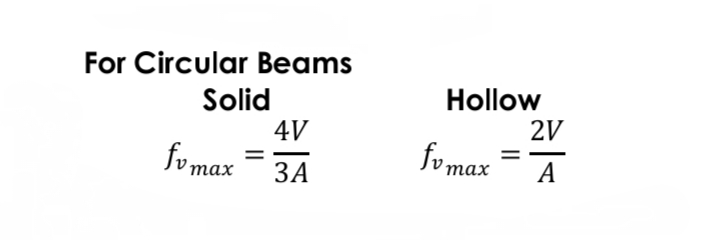
Max Shear Stress for Rectangular and Triangular Beams
Shear Flow of thin-walled tube
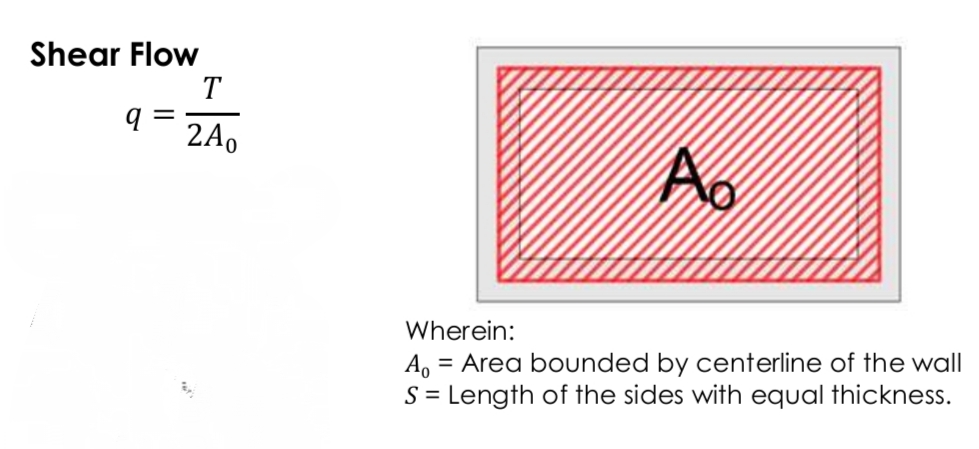
Shear Stress of thin walled tube
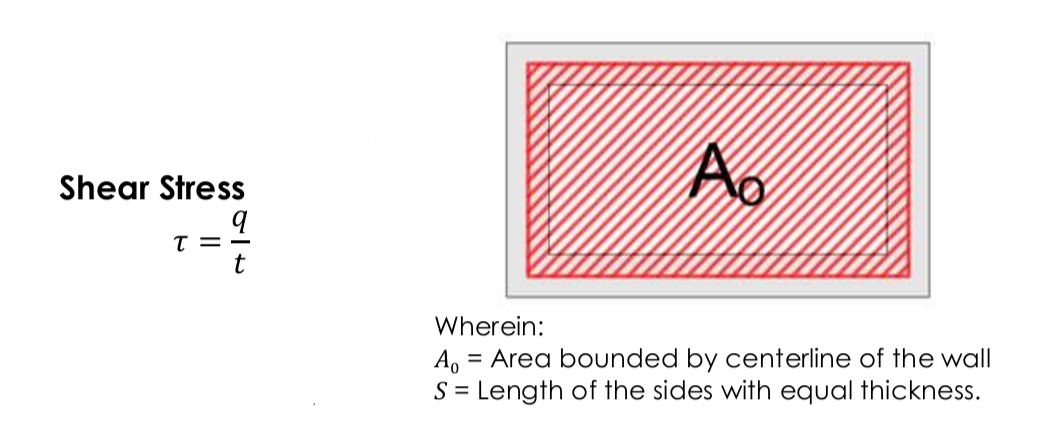
Angle of twist of thin walled tube
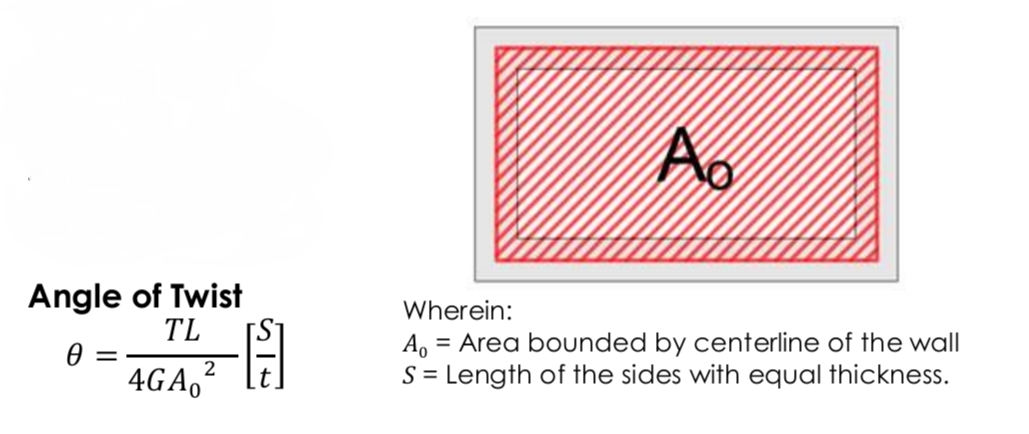
Shear flow of thin walled member
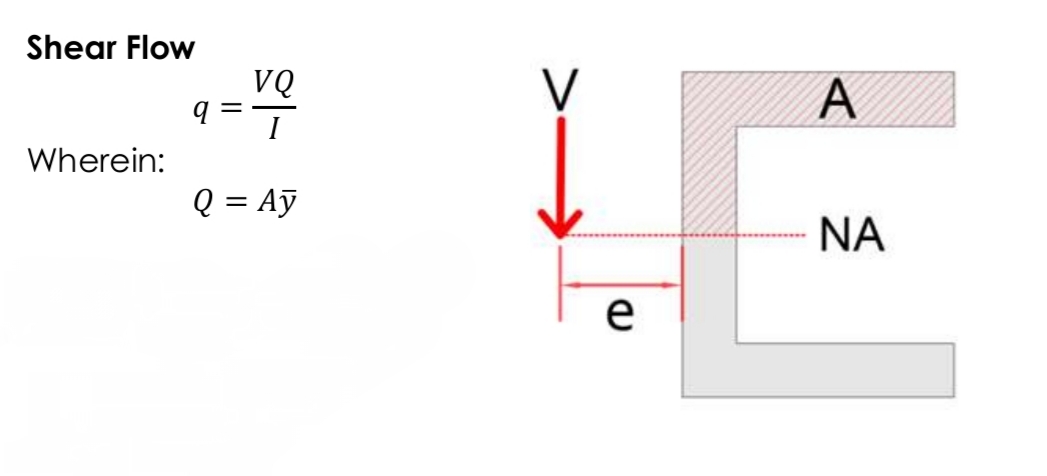
Eccentricity of thin walled member

Combined Normal Stresses

Combined Shear Stress

Mohr’s Circle Sign Conventions
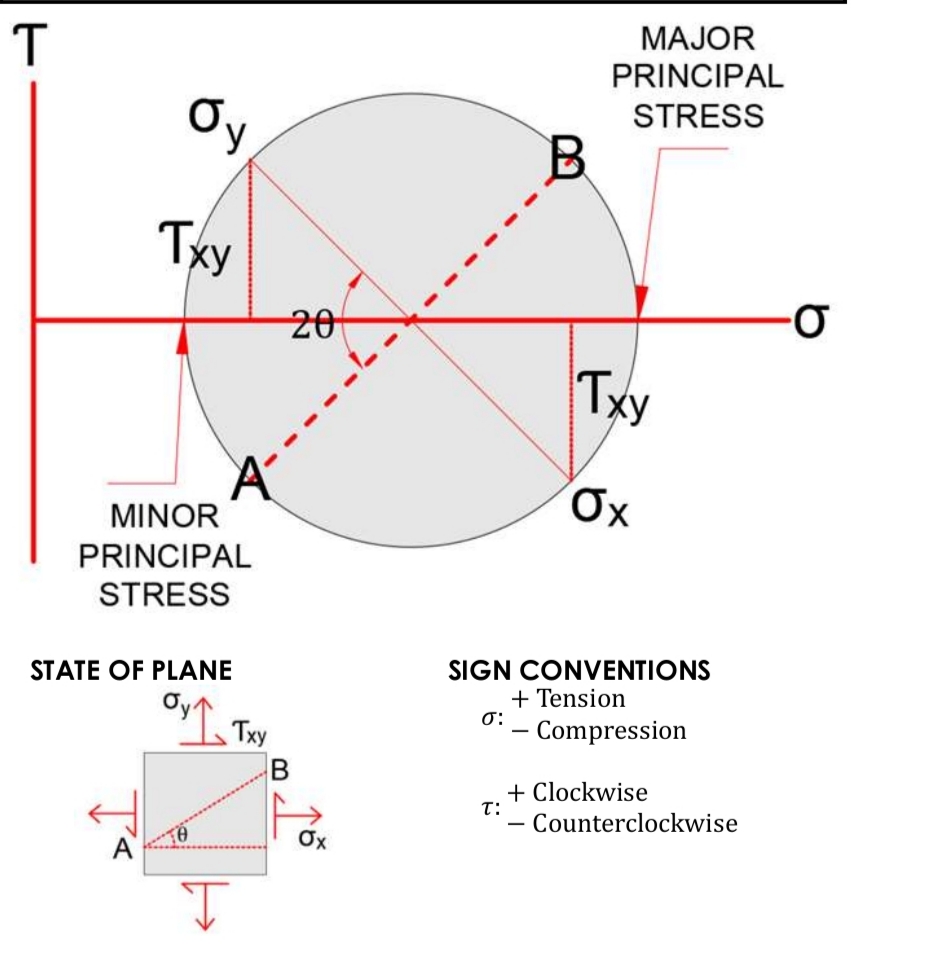
Mohr’s Circle Cal Tech

Thermal Stress

Cal Tech when of the resultant of forces with different angles
Complex Mode F<Angle
Add all angles : A+Bi. A will be the Rx and B will be the Ry
Abs(Ans) : Resultant
Radius of Curvature
R = EI/M
R= Ec/F
Deflection using Radius of Curvature
y= R-Rcos(theta/2)